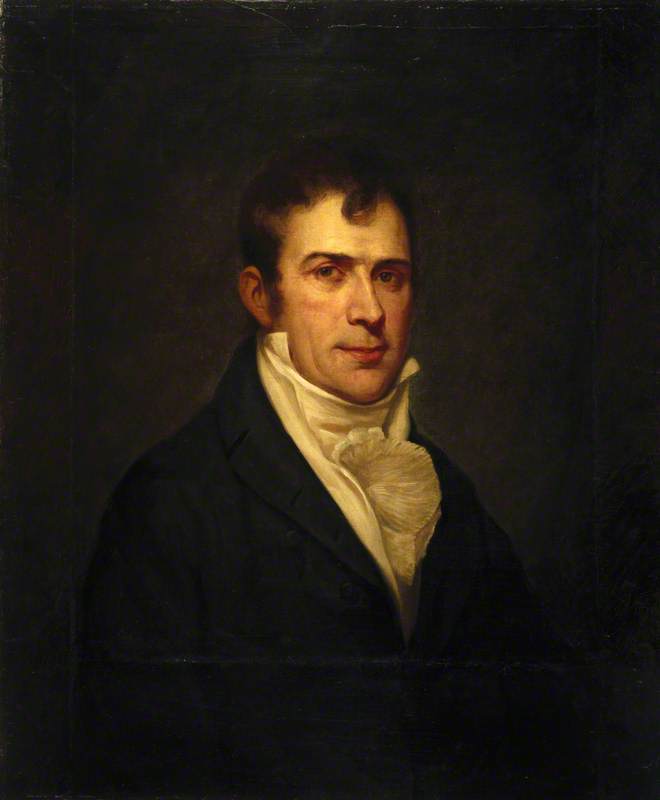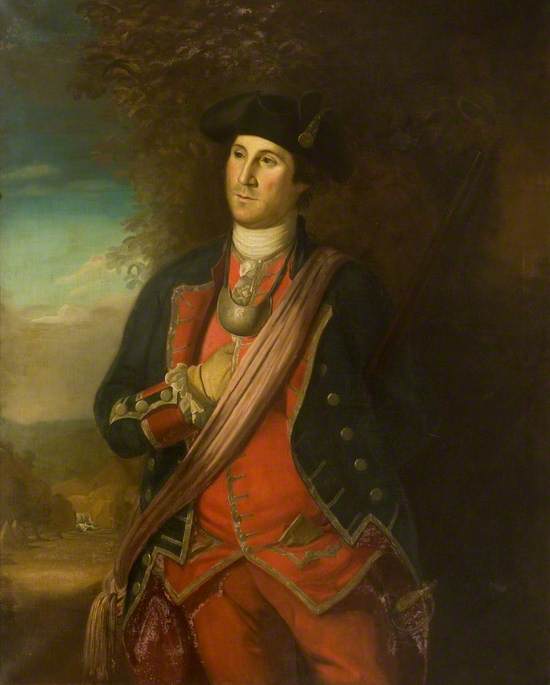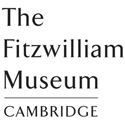(b Queen Anne's County, Md., 15 Apr. 1741; d Philadelphia, 22 Feb. 1827). American painter, inventor, naturalist, and patriot, the founder and most distinguished member of a family of artists. Peale was a highly versatile craftsman, and early in his career he worked as a saddler, watchmaker, silversmith, and upholsterer, as well as a sign painter. He received advice and encouragement from Copley and spent two years in London (1767–9), where he studied under West. In 1776 he settled in Philadelphia, where he became the most fashionable portraitist in the Colonies, Copley having left for England in 1774. He fought as a colonel of the militia in the War of Independence and became a Democratic member of the Pennsylvania Assembly. In 1782 he built an exhibition gallery next to his studio, the first art gallery in the United States, and there displayed his own portraits of leading personalities of the Revolutionary War (he painted George Washington several times).
Read more
This expanded into a natural history museum, which he opened to the public in 1786 as the Philadelphia Museum; its star exhibit was the first mastodon skeleton to be exhumed in America. Two of his most famous paintings celebrate his scientific interests—The Exhumation of the Mastodon (1806–8) in the Peale Museum, Baltimore (opened by one of his sons in 1814), and The Artist in his Museum (1822) in the Pennsylvania Academy of the Fine Arts, Philadelphia, an institution he helped to found in 1805. His inventions included new types of spectacles and false teeth. As a painter, Peale generally worked in a solid, dignified style, but his most celebrated work is a witty piece of trompe-l'œil. This is The Staircase Group (1795, Philadelphia Mus. of Art), a life-size portrait of two of his sons mounting a staircase, with a real step at the bottom and a real door jamb as a frame; George Washington is said to have been deceived into doffing his hat to the boys' images. Peale married three times and had seventeen children, of whom several became artists. They included Raphaelle (1774–1825), one of America's most distinguished still-life painters, Rembrandt (1778–1860), a gifted though uneven portraitist, and Titian Ramsay II (1799–1885), who continued his father's tradition as an artist-naturalist. Apart from his portraits, Rembrandt won fame with The Court of Death (1821, Detroit Inst. of Arts), a huge, melodramatic allegory that toured the country with success for over half a century. Charles Willson's brother James (1749–1831) was also a painter and his son and four daughters carried on the family tradition. The Peales were largely responsible for establishing Philadelphia as one of the country's leading cultural centres.
Text source: The Oxford Dictionary of Art and Artists (Oxford University Press)







